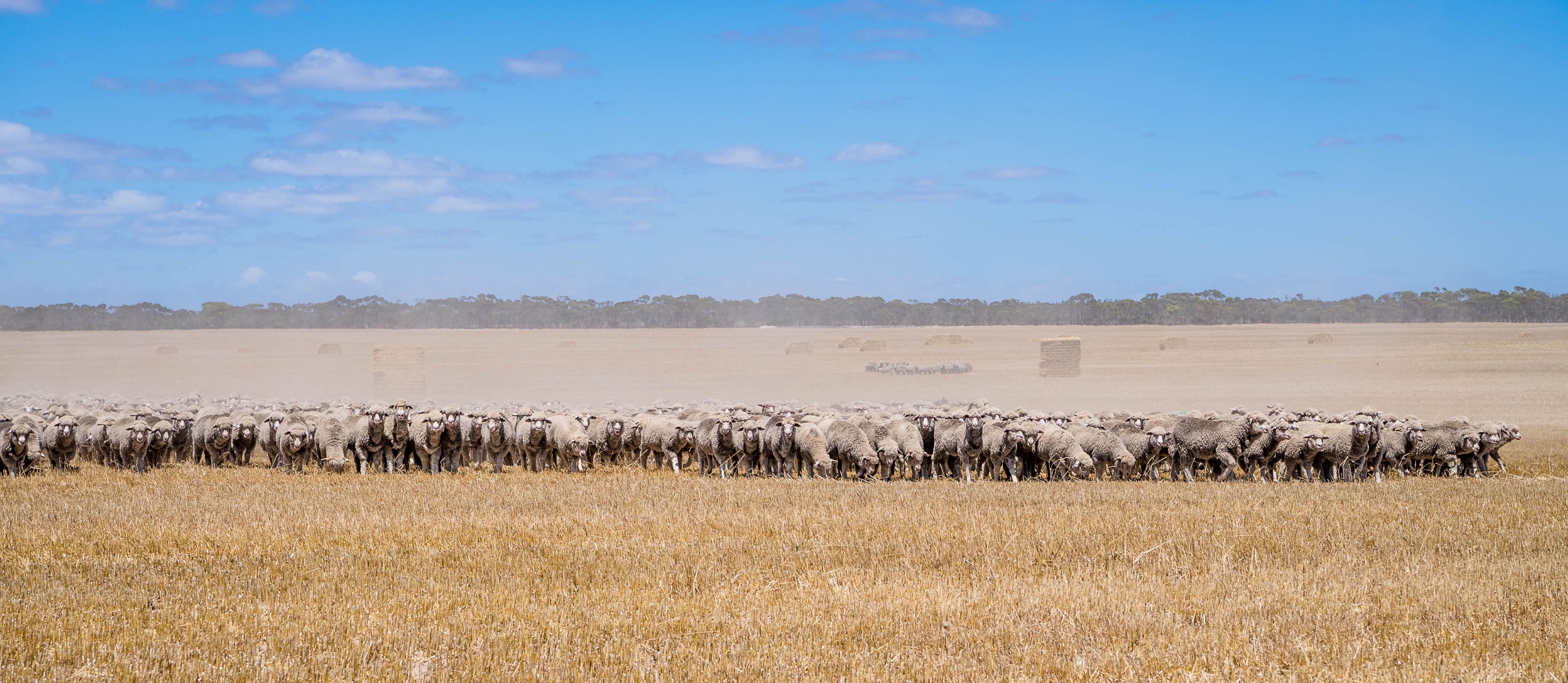Capacity growth signals confidence in lotfeeding
A historically high cattle market has pushed cattle-on-feed numbers lower for the September quarter. Confidence in the sector has far from waned,...

The anecdotal evidence of a declining flock in Western Australia is compelling and the data coming through is backing it up. While we haven’t had a solid number for the WA flock for several years, the slaughter figures are suggesting a rapid liquidation, which gained pace at the end of 2024.
The Australian Bureau of Statistics (ABS) lamb and mutton slaughter figures have been widely reported on a national scale. With almost 3.5 million head of sheep slaughtered in the December quarter, more sheep met their end than any quarter since 2007 (Figure 1).

It was a perfect storm for sheep on the east coast, let alone the west. A poor season across vast areas of southern sheep country, weak wool prices, tighter lamb supply, and what could be described as ‘reasonable’ mutton values conspired to see 18-year slaughter records broken.
In the West, Merinos were shorn in the spring, and promptly offloaded before feeding was required. The 656,000 head slaughtered was the highest since 2008 (figure 2), 28% higher than 2023 and 35% higher than the five-year average for December.

Total sheep slaughter for 2024 in WA was 2.1 million head, 17% higher than 2023 and 42% higher than the five-year average. WA has now experienced two consecutive years of sheep slaughter at 15-year highs. Live sheep export was down in 2024, declining by 332,793 head, which means total turnoff was down on 2023, but still at very high levels.
We might be starting to see the impact of the declining flock on lamb slaughter numbers. In 2024 WA slaughtered 3.1 million head of lambs, which was a 4% increase on 2023. Lamb slaughter was heavily front ended, with the first half of the year seeing an 18% increase, and the second half a 7.3% decline on 2023.
The lamb slaughter pattern fits nicely with the inference that producers are offloading lambs which would have traditionally been destined to join breeding or wether flocks. The lower second half lamb slaughter is a symptom of a declining flock.
While strong sheep slaughter on the east coast is a good sign for prices going forward, in the west it is a sign of the flock in decline and the industry in transition.

Angus Brown brings over 20 years of expertise analysing Australian agricultural markets, and also runs a mixed farming operation in Hamilton, Victoria.
.png)
A historically high cattle market has pushed cattle-on-feed numbers lower for the September quarter. Confidence in the sector has far from waned,...
.png)
Last week, MLA & the Australian Lot Feeders Association (ALFA) released the Q3 Lot Feeding Brief report providing detailed insights into how the...
.jpg)
New data released in the past week from the Australian Bureau of Statistics (ABS) and Meat & Livestock Australia (MLA)/Australian Wool Innovation...